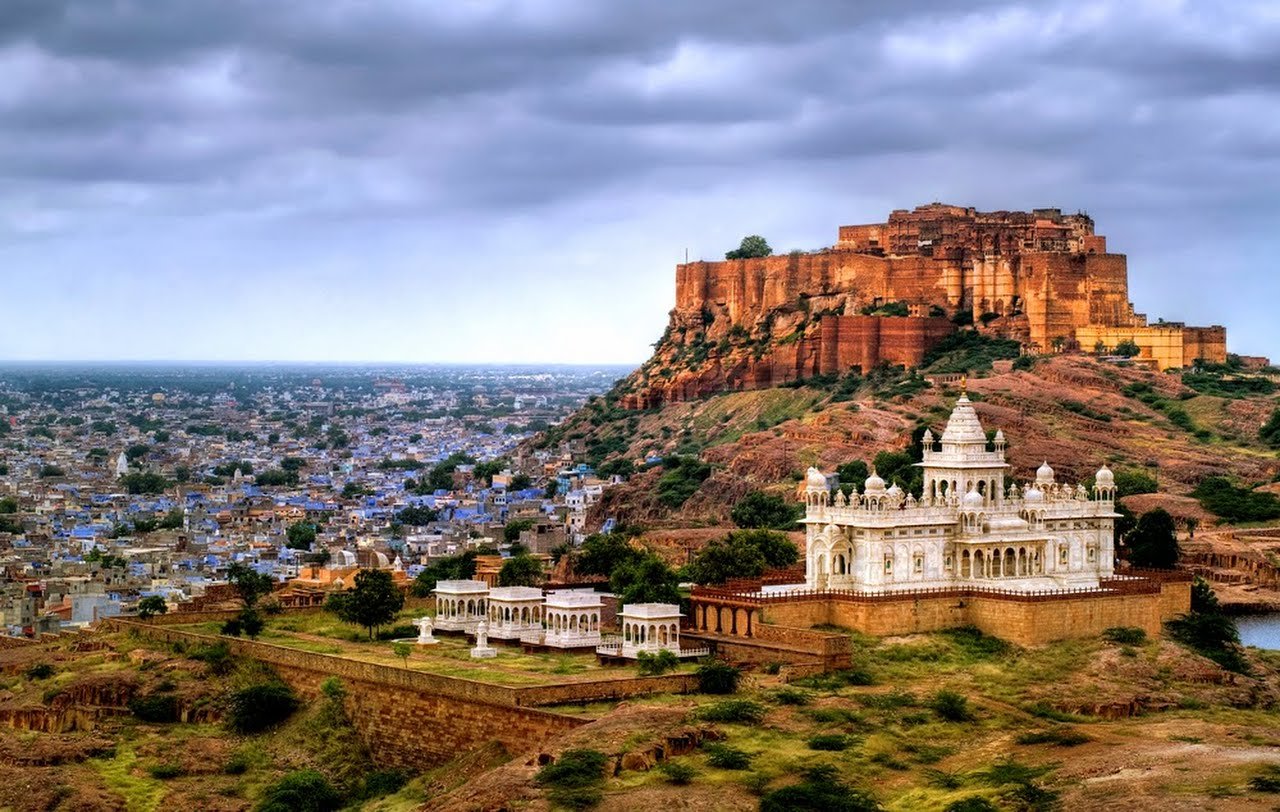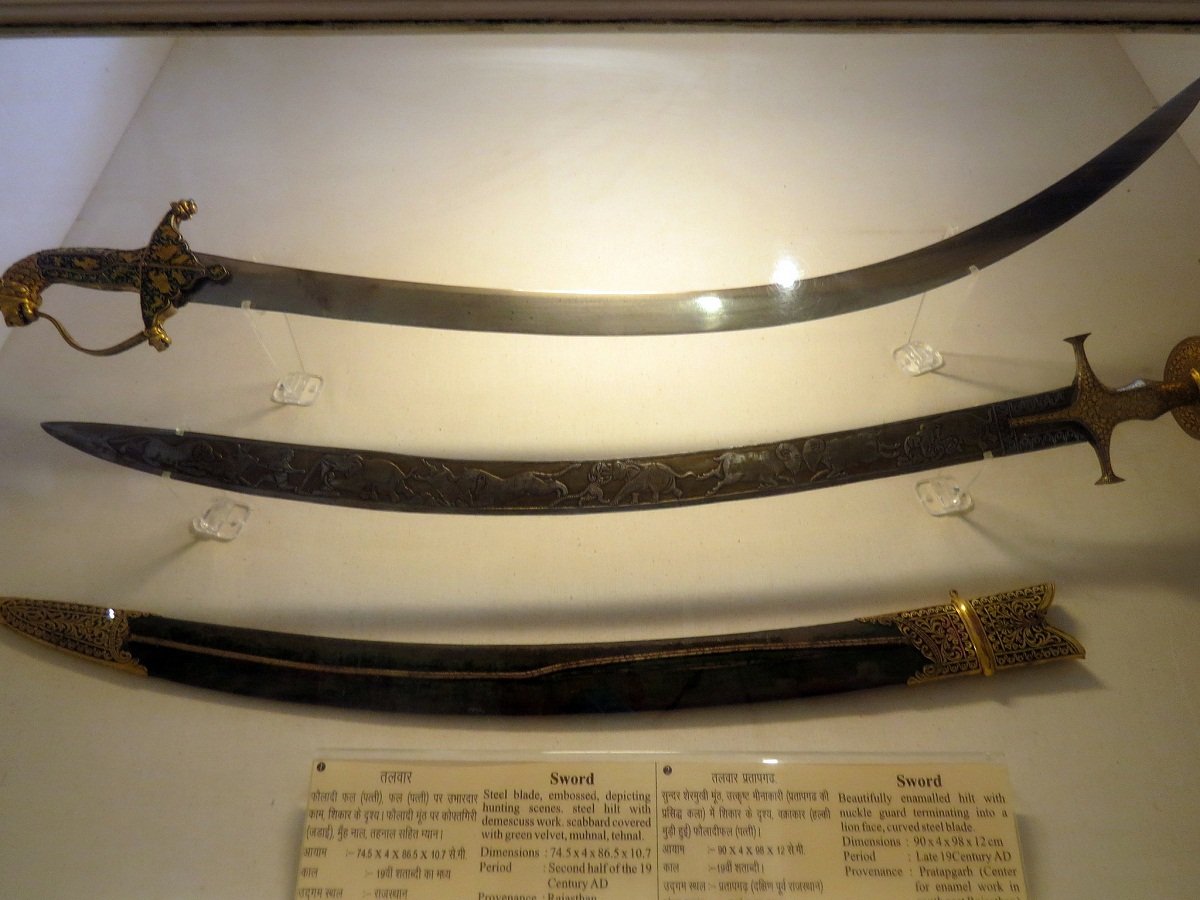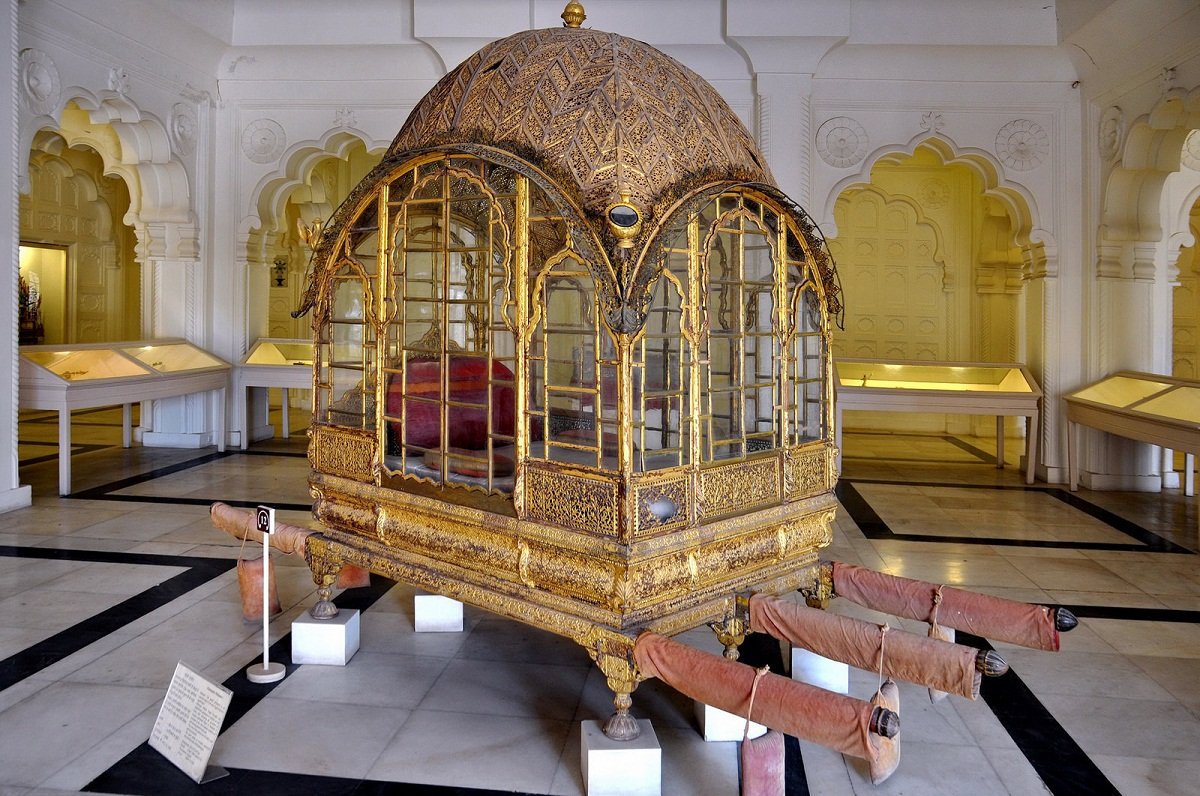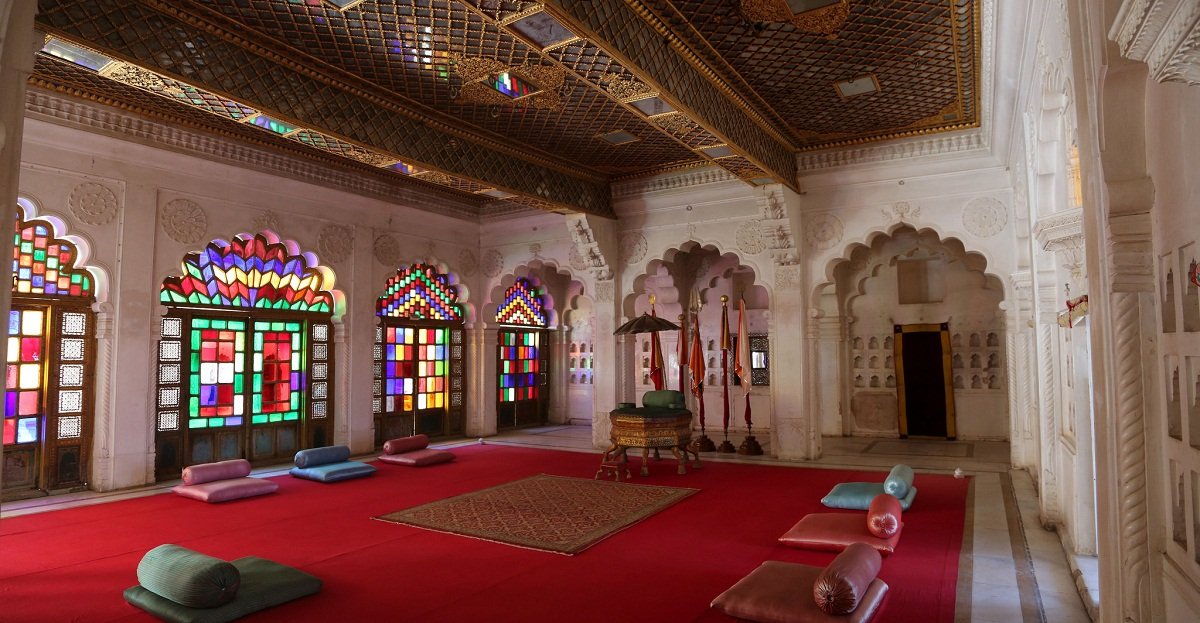A Travel Guide To Mehrangarh Fort, Jodhpur
The Jodhpur’s Mehrangarh Fort is one of the most massive forts in India. The fort is among the most well-known traveller puts in India. The fort situated at a rocky slope which is 400 feet (122 m) surrounded by different places.
The fort is situated at the focal point of the city, spreading more than 5 km top on a slope. Its dividers, which are up to 36 m (118 feet) high and 21 m (69 feet) wide, ensure security.
Inside its borders, there are a few royal residences known for their brilliant carvings and far-reaching yards. The round street heads to Mehrangarh from the city.

Mehrangarh Fort, Jodhpur
Rao Jodha (1438-89) requested to manufacture this fort, on a stone with a high rise and better ordinary guards. This place is worth visiting as you will get astonished by the excellent work of artisans of more than 500 centuries and beauty of the blue city. The site contains two old sanctuaries of Jodhpur and includes the painting and articles of the Marwari style of Rajasthan showcasing Jodhpur culture.
The gallery houses an extraordinary gathering of beautiful and connected expressions from the Mughal time of Indian history. Chance for picture takers to catch dazzling perspectives of entire Jodhpur from one place. At the entryway, you will be invited by performers playing people melody. You will get agreeable vacationer offices like sound aides, a lift to the best.
Also Read: Top Places to Visit in Jodhpur – The Blue City
History of Mehrangarh Fort
Rao Jodha (one of 24 children of Ranmal) turned into the fifteenth Rathore ruler. One year after he progressed toward becoming lord of the royal position, Jodha chose to move his funding to the more secure area of Jodhpur, as the 1000 years of age Mandore fort was not any more ready to give adequate security.
With the put stock with the help of Rao Nara (child of Rao Samra), the Mewar powers conquered at Mandore. With that Rao Nara got the title of Diwan. With the assistance of Rao Nara, the establishment and development of the stronghold were begun on date May 12, 1459, by Jodha on a rocky slope 9 km toward the south of Mandore. This slope was known as ‘Bhaurcheeria,’ the pile of feathered creatures.
To manufacture the fort, Rao Jodha needed to uproot a hermit called Cheeria Nathji (the ruler of feathered creatures).
Irritated with being compelled to move Cheeria Nathji reviled Rao Jodha that “Jodha! May your chateau ever endure a shortage of water!”
Rao Jodha figured out how to satisfy the recluse by building a house and a sanctuary in the stronghold extremely close to the surrender where the loner used to ponder (Yoga), however just to the degree that even today the region is tormented by a dry spell each 3 to 4 years.
He began to manufacture the fort. However, the fort would wreck itself the following day. To guarantee the thriving of the new site he covered a man called “Raja Ram Meghwal” (of Soorsagar) alive in the establishments.
“Raja Ram Meghwal” was guaranteed that consequently his family would be cared for by the Rathores. Right up til the present time his kids still live in Raj Bagh of Soorsagar. Raja Ram Meghwal Garden, a legacy given to them by Jodha.
Despite the fact that the fortification was initially begun in 1459 by Rao Jodha. The vast majority of the stronghold which stands dates today from the time of Jaswant Singh (1638– 78).
Also Read: The Ultimate Travel Guide to Jaisalmer Fort, Rajasthan
Mehrangarh Fort Museum and Museum Trust
The gallery in the Mehrangarh fortress is a standout amongst the most all-around loaded galleries in Rajasthan and displays the legacy of the Rathores like arms, ensembles, artistic creations and designed period rooms.

Swords and Arms, Mehrangarh Fort Museum
The Mehrangarh Museum Trust settled by His Highness the Maharaja Gaj Singh II with the chief target of setting up a world-class historical center in Jodhpur in March 1972.
It proposed that this exhibition hall will show the Maharaja’s considerable accumulations of little sketches, representations, books and original copies, weapons, materials and tents, elephant howdahs and palanquins, and different objects of craftsmanship.

Palanquin Mehrangarh Fort Museum
Also Read: See Top 5 World Heritage Sites with Maharaja Express
How to Reach Mehrangarh Fort with Maharaja Express
You can reach the fort by reaching Jodhpur. You can also take the Maharaja Express. The blue city tour will cover most of the heritage sites in Jodhpur giving a glimpse into the cities wonderful heritage. The tour will take you to places like Mehrangarh Fort, Umaid Bhawan palace and many more while travelling like a royal in the Maharaja Express.
Also Read: Top Places to Visit in Rajasthan with Maharaja Express
Walk up the fort
The stroll up to the fort from the old city is indeed steep. However, you can get the passage by taxi or auto along the street from Nagauri Gate. The remarkable sound visit takes around two hours to finish.
You enter the fort through Jai Pol (or Jey Pol), the first of the post’s seven cautious doors. The 6th of the seven entryways, Loha Pol, has a sharp right-edge turn and more honed press spikes to prevent the climb of charging enemies elephants. On the divider, only inside it you can see the impressions of Maharaja Man Singh’s dowagers, put there in 1843.
Past the last entryway, the Suraj Pol, lies the Coronation Courtyard (Shangar Chowk), where maharajas delegated on an extraordinary marble position of authority. Turning upward from the patio, you can see the awesome Jali (cross-section) work. The place also includes the most expound of the regal lofts, the grand 1724 Phool Mahal (Flower Palace); the Jhanki Mahal or Queen’s Palace with the vivid exhibit of supports of previous rulers and The Moti Mahal (Pearl Palace) utilized for boards of state.

Moti Mahal, Mehrangarh Fort
Past the Moti Mahal is the zenana, or ladies’ quarters. From here, you plunge to the Temple of Chamunda, the city’s most seasoned sanctuary, committed to Jodhpur’s supporter goddess, an incarnation of Durga.
Suggested Articles:
- Top 10 Activities to Do in Rajasthan
- What is the Ticket Price of Maharaja Express ?
- Know the Types of Maharaja Express Journeys
- Why You Should Plan a Vacation in Maharajas Express Train
Maharaja Express Travel Guide:
